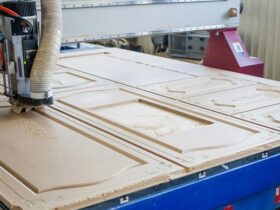Further, working capital is spent in the production process and, as it ends, they make a transition from the production sphere to the circulation sphere, turning into finished products.
This is the general picture of the circulation of total working capital. And if the bulk of the customer working capital is in circulation from the moment of cost to enter into the entry of objects, launch complexes, queues, enterprises (depending on the calculation methods and the possibility of partial operation of the vehicles), then the working capital of contracting organizations perform their turnover in more short time.
The unequal circulation time of the funds of contracting organizations and customers is mainly explained by the following reasons: the practice of calculations by stages and other units, regardless of the delivery of objects; multiplicity – in accordance with the schedules – delivery to the customer of individual objects that are part of the complexes and enterprises; non -relaying the deadlines for the delivery of completed facilities (enterprises) to customers and state acceptance commissions.
The new management system, including calculations only for the finished facility, especially for the entire start -up complex and the enterprise, provide the necessary prerequisites for reducing the production cycle and, therefore, to converge the terms of turnover of working capital of contractors and customers. In the future, this will create conditions for the transition in the near future to calculations for completed products after acceptance by the state commission. In housing construction, this is already practiced and gives good results.
In production reserves of construction organizations, the most important element is building structures, parts, blocks and other semi -finished products manufactured by a factory way. As you know, their use is one of the decisive conditions for the acceleration of construction, reduce the cost of work, and reduce the stocks of inventories of inventories.








